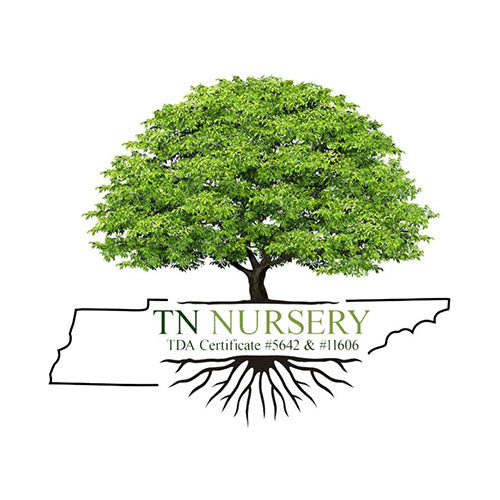Arrowwood Viburnum Shrub
Arrowwood viburnum is a small flowering shrub whose botanical name is Viburnum dentatum. Native to North America, the deciduous shrub can grow up to 10 feet high. It is abundant in most parts of the eastern USA and mountain areas.
The shrub grows upright, rounded in shape with lustrous green stems. It has glossy oval leaves with toothed edges and is dark green in summer. However, in the fall, the foliage changes to yellow, glossy red, and reddish-purple. The arrowwood bears white flowers in spring that produce bluish-black fruits.
You can plant the shrub in the spring or early fall. The shrub is simple to grow and has a moderate growth rate. It does well in moist, well-drained soil. Arrowwood is tolerant to a variety of soils and pH. Also, you can grow it in full sun or partial shade.
Propagating Arrowwood Viburnum
When propagating the shrub, you can choose to use seeds or cuttings. While it is possible to grow the shrub from seed, propagation from cuttings is much easier. If you grow arrowwood from seeds, the process is quite long. Thus, propagation from softwood or hardwood cuttings is preferred.
Features and Descriptions of the Arrowwood Viburnum
Here are the features and descriptions of the Arrowwood viburnum.
Hardiness zones
The shrub grows and thrives in hardiness zones 3-8. Being a native shrub to North America, arrowwood can thrive well in other parts of the USA.
Bloom Season
The shrub usually blooms in late spring and early summer with creamy-white flowers. The presence of sunlight is essential for blooms to form. Each bloom is about ¼ an inch across, with five petals that spread to form a bell shape. Then, the beautiful clusters of little blue-black berries ripen in fall.
To enhance bloom formation, you should practice proper pruning. Arrowwood blooms on old wood. Therefore, prune stems only after flowering to maintain the shape but not extensively. You can also apply phosphorus fertilizer early in spring to provide the nutrients necessary for bloom formation.
Where to Grow
You can use the shrub as a landscaping plant. Whether in your lawn, recreational play area, or edible garden, arrowwood looks excellent. You may also plant it as a border plant along the hedge of your garden.
Wildlife Value
Arrowwood flowers and fruits attract butterflies, bees, and birds as food sources. Besides, it creates dense thickets, which is a good bird cover and nesting site.
Concluding Remarks
The arrowwood is an easy-to-care shrub if you are a gardener. It is a great joy to look at its spring flowers and blue-black fall berries. Moreover, the shrub will give you little trouble as it is resistant to pests, drought, and heat.
